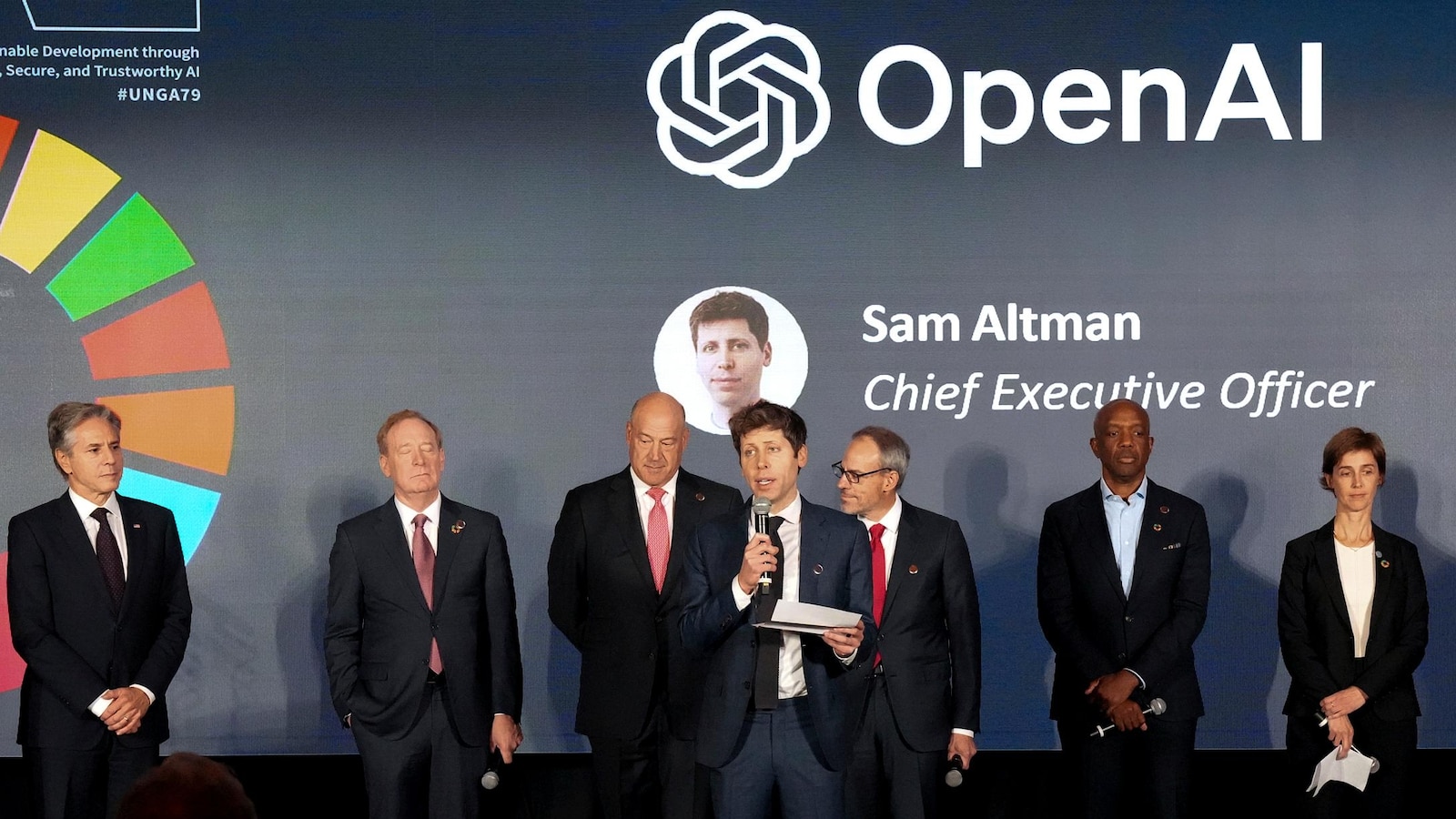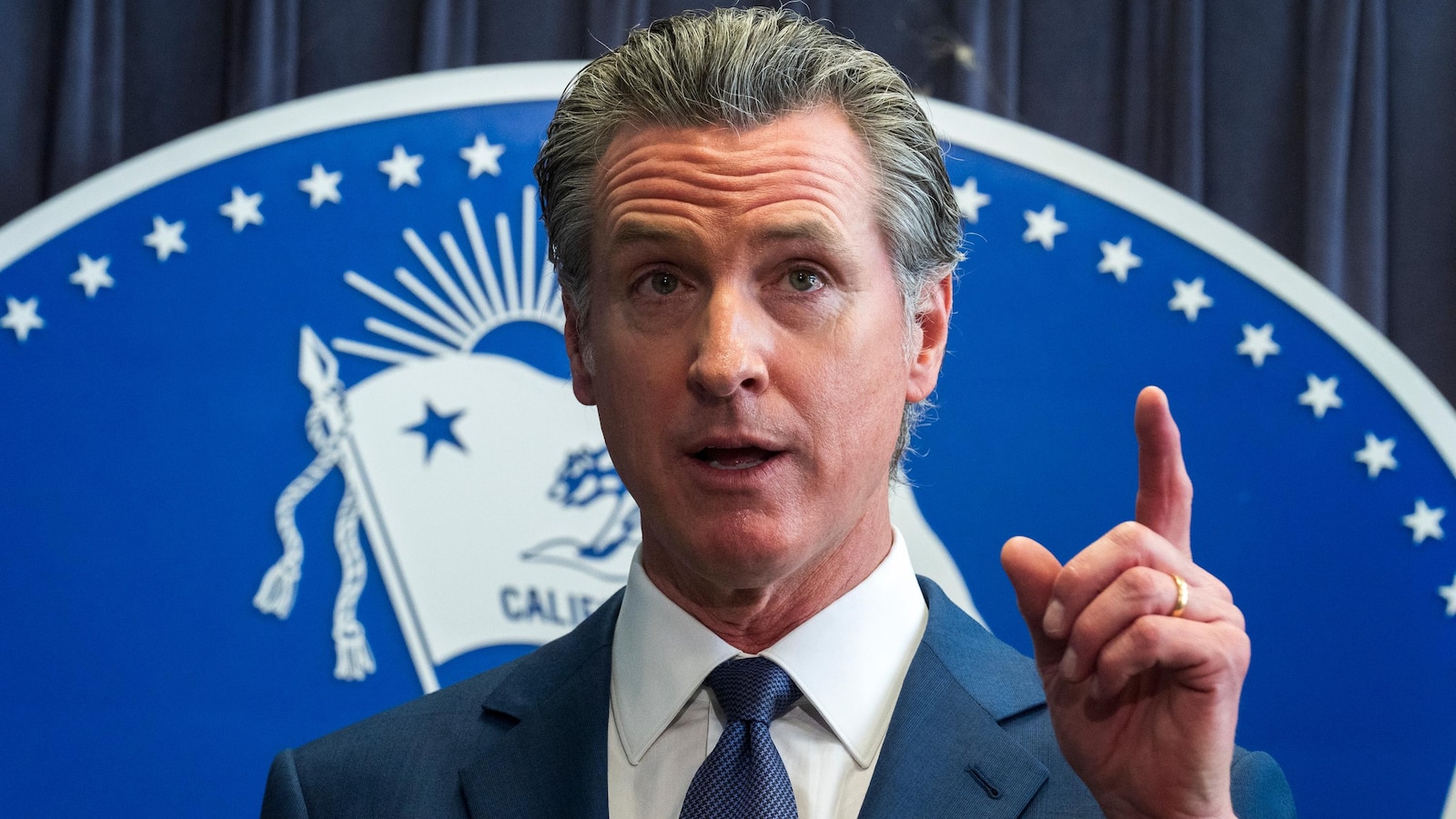
Low interest financing, sweet lease deals, price cuts and free charging boosted Tesla’s global deliveries in the third quarter, the first increase this year for the electric vehicle maker.
The Austin, Texas, company said Wednesday that it delivered 462,890 vehicles from July through September, bolstered by loans as low as 1.99%, and $299 monthly leases on the Model 3, its least expensive vehicle. It delivered 435,059 vehicles during the same period last year.
The figures for July through September came in slightly higher than analyst estimates of 462,000 for the period, according to data provider FactSet.
However, shares of Tesla Inc. dropped sharply in morning trading, down nearly 4%.
The deliveries were “good and a step in the right direction,” wrote Dan Ives of Wedbush, but that there would be pressure on the company’s stock because investors had been hoping for even better.
“Overall, this is a clear improvement from the first half and we believe getting in the range of 1.8 million for the year is still the key and important bogey,” Ives said.
Tesla has struggled much of the year to sell its aging model lineup as growth in electric vehicle sales in the U.S. and Europe slowed due to concerns with range, price and the ability to charge on trips.
Falling sales early in the year led to once-unheard of discounts for the automaker, cutting into its industry leading profit margins. Analysts estimated that Tesla’s average vehicle sales price was $42,500 for the third quarter, the lowest price in four years.
The sales decline likely will pull down third quarter earnings when they are announced on Oct. 23.
Tesla’s sales decline comes as competition is increasing from legacy and startup automakers, which are trying to nibble away at the company’s market share.
Nearly all of Tesla’s sales came from the smaller and less-expensive Models 3 and Y, with the company selling only 22,915 of its more expensive models that include X and S, as well as the new Cybertruck.
Wedbush analyst Dan Ives wrote in a note to investors Tuesday that third-quarter sales would bring a rebound as China sales continue to increase and price and demand stabilizes.” As China continues to heat up on the demand story for Tesla with favorable leasing/financing terms and pent-up demand in the region, we are confident that we will see a significant growth figure in the region,” he wrote.
Europe will continue to be slow with macroeconomic pressures, and U.S. demand should stabilize, Ives wrote.
But BNP Paribas Exane said in an investor note that long term expectations of the market are somewhat high for Tesla. The company said its sales estimates for 2026 and 2027 “remain 10% to 15% below the street, respectively.”
Tesla is scheduled to unveil a purpose built robotaxi at an event next week.
Tesla, the electric car company founded by Elon Musk, recently reported its first quarterly increase in deliveries, but the results fell short of investors’ expectations. The news sent Tesla’s stock price tumbling, disappointing investors who were hoping for stronger performance from the company.
In the first quarter of 2021, Tesla delivered a total of 184,800 vehicles, surpassing its previous record of 180,570 deliveries in the fourth quarter of 2020. This marked a 109% increase compared to the same period last year. While this may seem like a positive development, it was below the 190,873 vehicles that analysts had projected for the quarter.
The disappointing delivery numbers have raised concerns among investors about Tesla’s ability to meet its ambitious growth targets. The company has set a goal of delivering 750,000 vehicles in 2021, which would represent a significant increase from the 499,550 vehicles delivered in 2020. However, the slower-than-expected start to the year has cast doubt on whether Tesla will be able to achieve this target.
One factor that may have contributed to the lower-than-expected delivery numbers is the global semiconductor shortage that has been affecting the automotive industry. Tesla has acknowledged that it has been impacted by the shortage and has warned that it could continue to affect production in the coming months.
Despite the disappointing delivery numbers, there are still reasons for optimism about Tesla’s future prospects. The company continues to expand its production capacity, with new factories under construction in Texas and Germany. These facilities are expected to help Tesla increase its production capacity and meet growing demand for its electric vehicles.
In addition, Tesla is also making progress in other areas of its business, such as its energy storage and solar energy divisions. The company recently announced a partnership with a renewable energy developer to build a large-scale energy storage project in Texas, which could help drive growth in this segment of its business.
Overall, while the first quarter delivery numbers may have disappointed investors, Tesla’s long-term prospects remain strong. The company is well-positioned to benefit from the shift towards electric vehicles and renewable energy, and its continued investment in new technologies and production capacity should help drive future growth. Investors will be watching closely to see if Tesla can bounce back from this setback and deliver on its ambitious goals for the rest of the year.


